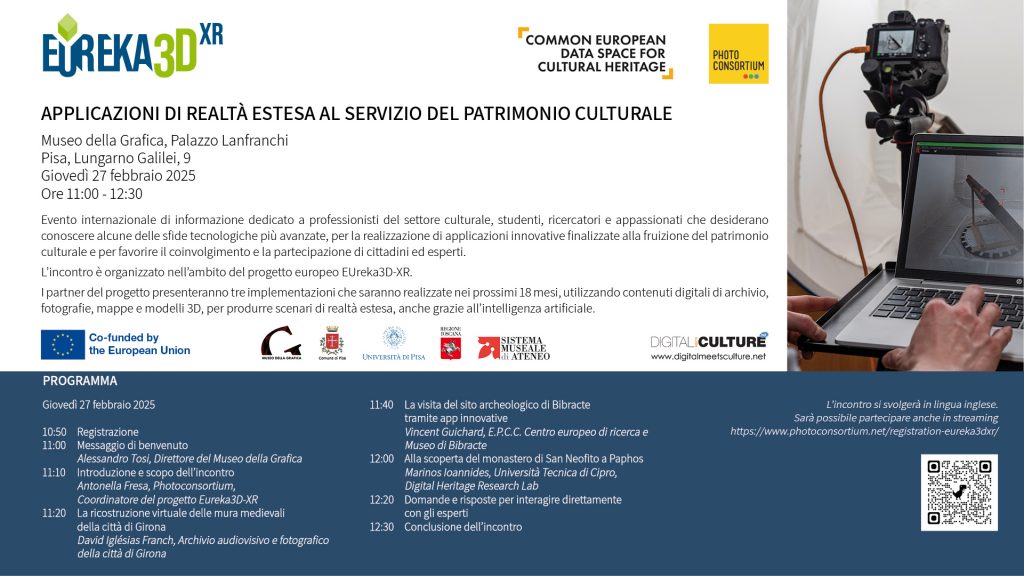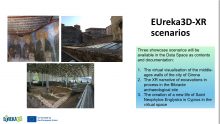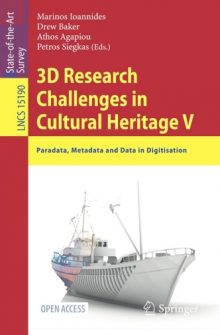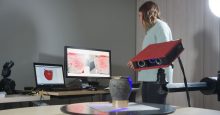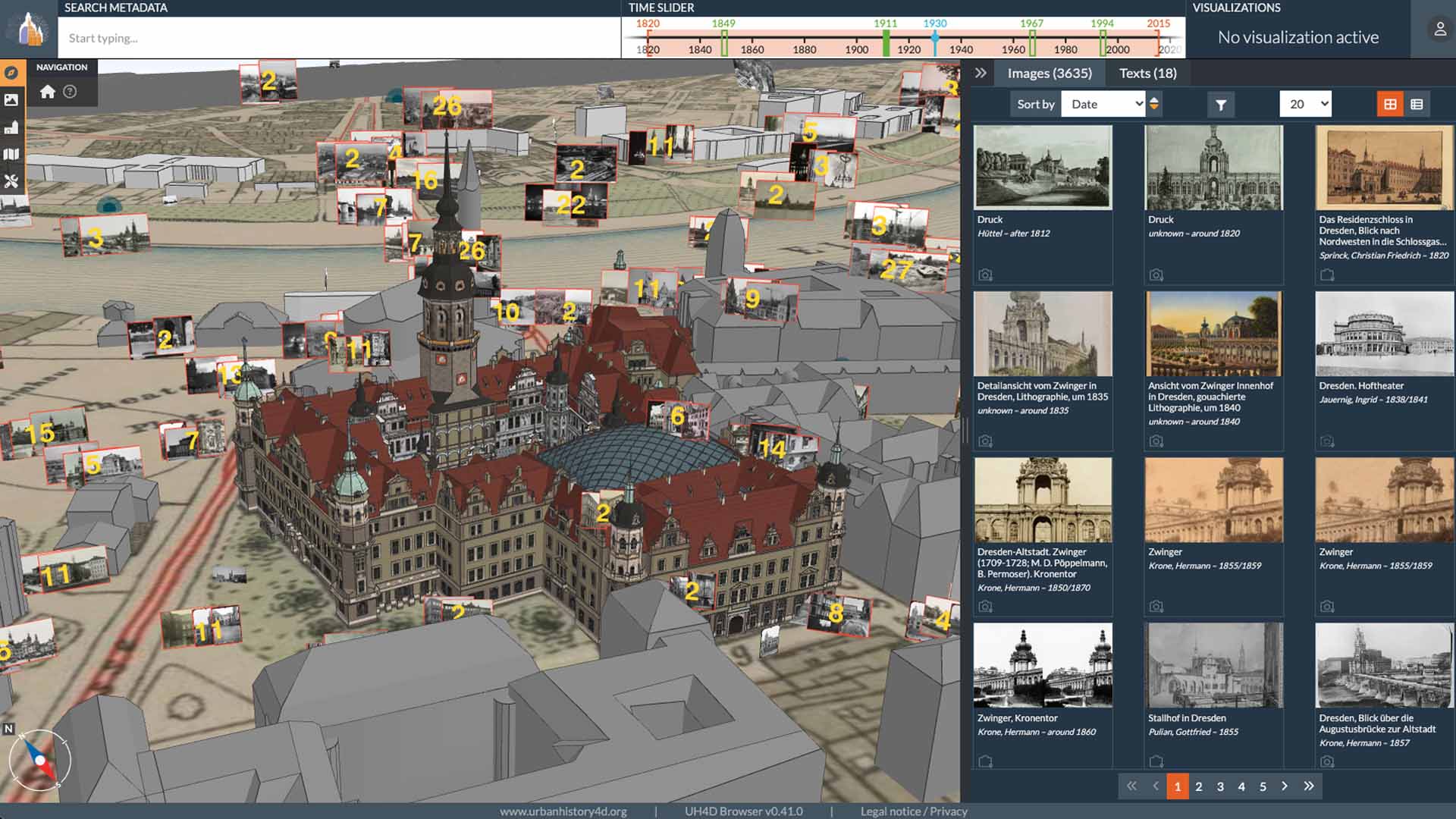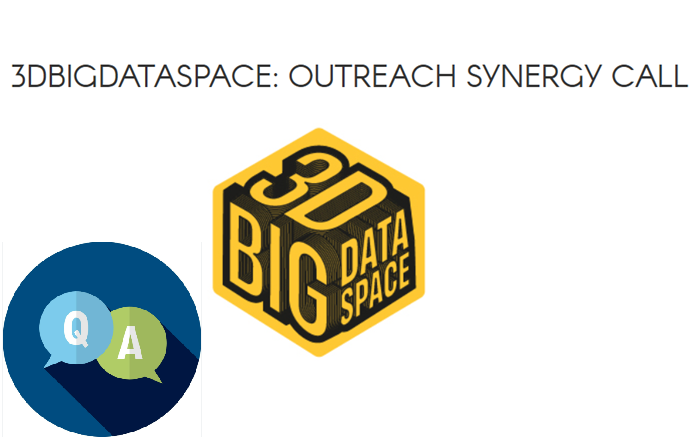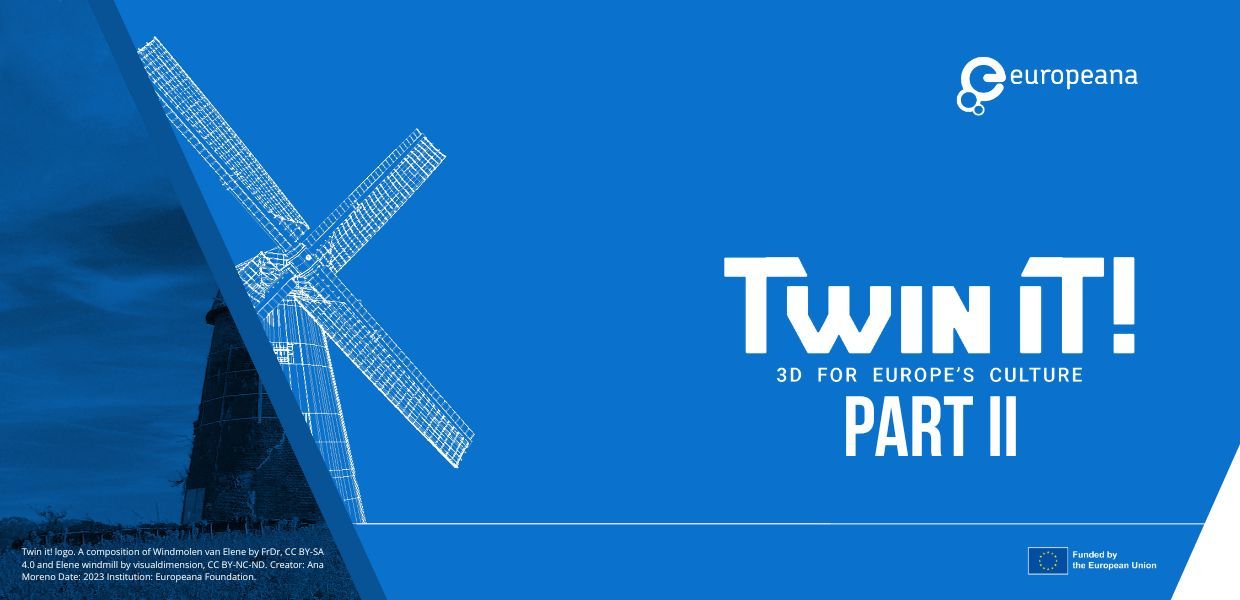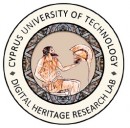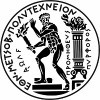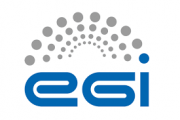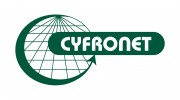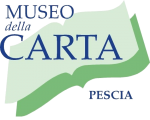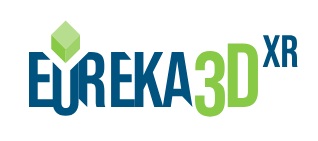 EUreka3D-XR – European Union’s REKonstructed content in 3D to produce XR experiences is the continuation project of EUreka3D, funded by the Digital Europe Programme of the European Union, to develop innovative re-use scenarios and tools that enable the creation of extended reality (XR) applications, through expanding the features and services already developed and tested in the EUreka3D project. EUreka3D-XR kickoff event will take place on 26-27 February 2025 at Museo della Grafica, Pisa (Italy), hosted by project coordinator Photoconsortium. The first day is fully dedicated to project partners and the HaDEA officers, to review the workplan and set the next milestones and activities to be achieved in the first months of the project.
EUreka3D-XR – European Union’s REKonstructed content in 3D to produce XR experiences is the continuation project of EUreka3D, funded by the Digital Europe Programme of the European Union, to develop innovative re-use scenarios and tools that enable the creation of extended reality (XR) applications, through expanding the features and services already developed and tested in the EUreka3D project. EUreka3D-XR kickoff event will take place on 26-27 February 2025 at Museo della Grafica, Pisa (Italy), hosted by project coordinator Photoconsortium. The first day is fully dedicated to project partners and the HaDEA officers, to review the workplan and set the next milestones and activities to be achieved in the first months of the project.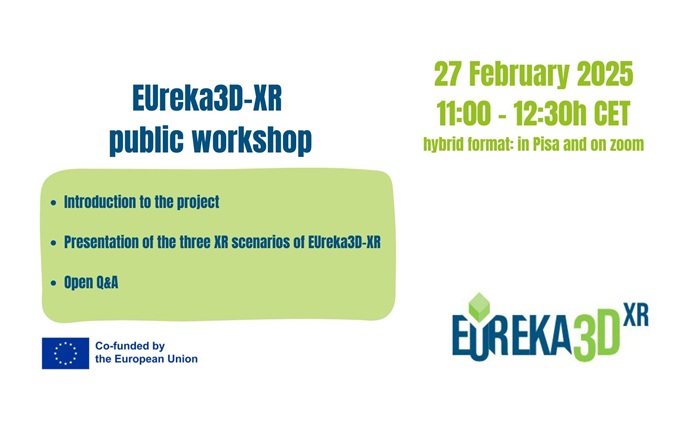
On the second day, 27th February, a public workshop in hybrid format will present the project and in particular the three use cases that make use of the project’s tool to create XR experiences in France, Spain and Cyprus. The main research area of the new action in EUreka3D-XR is in facts focused on transforming cultural contents such 2D, 3D, video, texts, maps, stories into compelling narratives and extended reality scenarios, and to deliver said scenarios to the common European data space for cultural heritage, to enrich the corpus of open access digital cultural contents online and to inspire others in experimenting new technologies.
- Recordings of the workshop will be available after the event.
AGENDA 27th February 2025, h. 11,00 – 12,30 CET
11.00 Welcome message, by Alessandro Tosi, Director of Museo della Grafica
11.10 Introduction and scope of the workshop, by Antonella Fresa, Photoconsortium, EUreka3D-XR Project Coordinator
11.20 The virtual visualisation of the middle-ages walls of the city of Girona, by David Iglesias Franch, CRDI Ajuntament de Girona
11.40 The XR narrative of archaeological excavations in process in the Celtic city of Bibracte, by Vincent Guichard, BIBRACTE EPCC
12.00 The creation of a new life of Saint Neophytos Englystra in Cyprus in the virtual space, by Marinos Ioannides, Cyprus University of Technology
12.20 Q&A
12.30 End of the meeting
Invito Pisa (PDF 600 KB)
